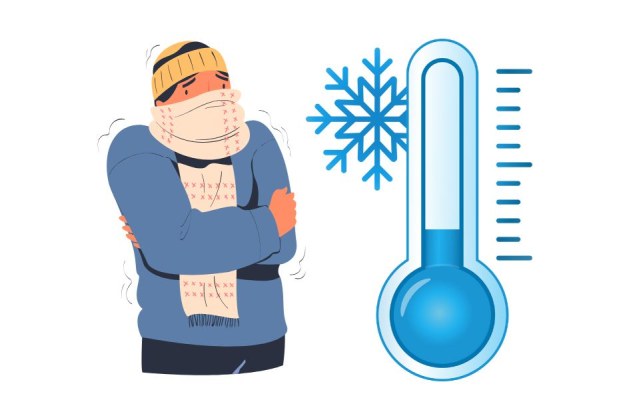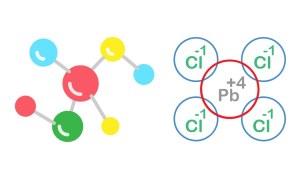When it comes to freezing water, most of us are familiar with the general rule: water freezes at 32°F (0°C). But how long does the temperature actually need to stay at this freezing point to turn liquid water into solid ice? While the answer might seem straightforward, there are several factors that influence the freezing process, and understanding them can help clarify how temperature affects water freezing.
The Freezing Point: 32°F (0°C)
Before diving into the specifics, it’s important to remember that the freezing point of water is 32°F or 0°C under normal conditions. This is the temperature at which water transitions from its liquid state to a solid form (ice). However, the time it takes for water to freeze depends on more than just reaching this temperature.
Factors That Affect Freezing Time
- Volume of Water: The amount of water you’re trying to freeze plays a significant role in how long it takes. A small cup of water will freeze much faster than a large bucket, simply because there is less liquid to cool down. More water takes longer to lose heat and reach the freezing point.
- Surrounding Environment: The environment surrounding the water is crucial in the freezing process. For example, the temperature outside or in a freezer must remain consistently at or below 32°F for freezing to occur. If temperatures fluctuate above or below 32°F, it can slow down or even stop the freezing process.
- Water Temperature: Water that is already at a lower temperature (e.g., 40°F or 50°F) will freeze faster than water that is still at room temperature (around 70°F or higher). It needs to cool down to 32°F before it can transition to ice, so the warmer the water is to start, the longer it will take to freeze.
- Container Type and Surface Area: The material and size of the container holding the water can affect how quickly the freezing process occurs. For example, a wide, shallow container will freeze water faster than a tall, narrow one because the surface area is larger, allowing heat to escape more quickly. Additionally, metal containers often speed up the freezing process due to their conductive properties.
- Air Circulation: Good air circulation around the container can also help speed up the freezing process. In a freezer, circulating air helps to remove heat from the water more efficiently, speeding up the transition to ice.
How Long Does it Take?
In ideal conditions, where the temperature is consistently at or below 32°F, a thin layer of water (like a shallow tray) can start to freeze within a few minutes to an hour. However, for a larger amount of water, like a full glass or bottle, it may take several hours for the water to fully freeze.
In a standard household freezer (which is usually set to around 0°F or -18°C), it typically takes 3 to 4 hours for a small container of water to freeze completely. Larger quantities, like ice trays or bottles of water, may take 6 to 8 hours or more.
The time it takes for water to freeze at 32°F depends on several factors, including the amount of water, surrounding temperature, container type, and air circulation. While 32°F is the freezing point, the length of time required to turn water into ice can range from just a few minutes to several hours, depending on these conditions. Understanding these variables will help you manage freezing times, whether you’re preparing ice for drinks or experimenting with freezing water in different environments!




Leave a comment